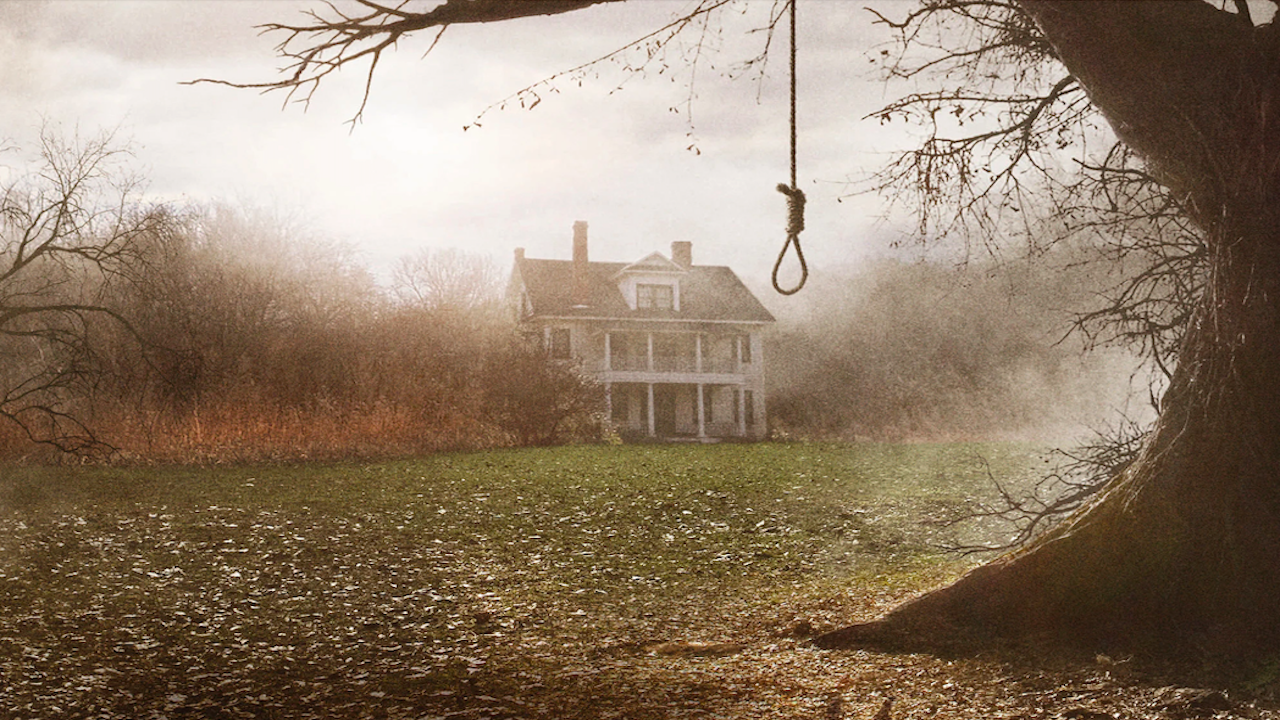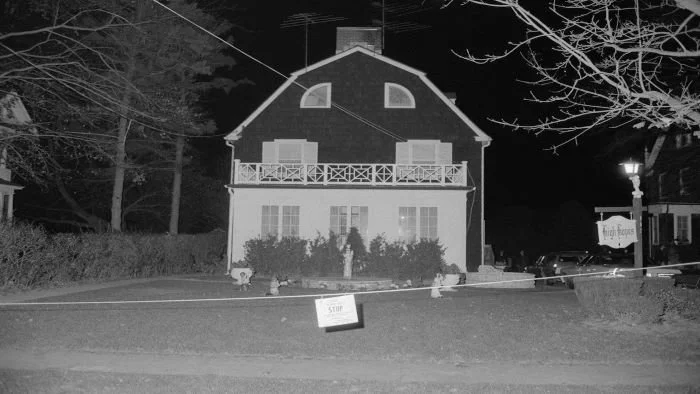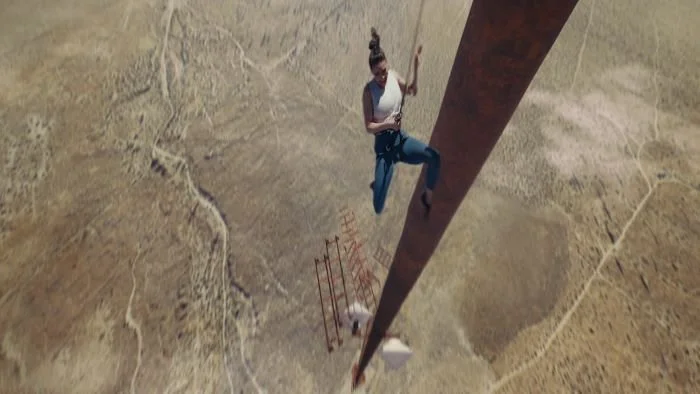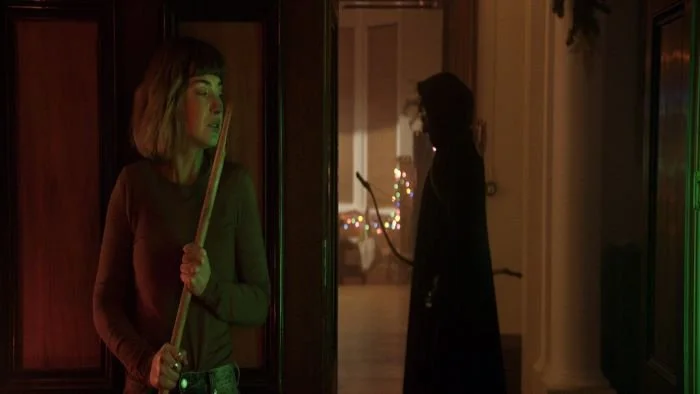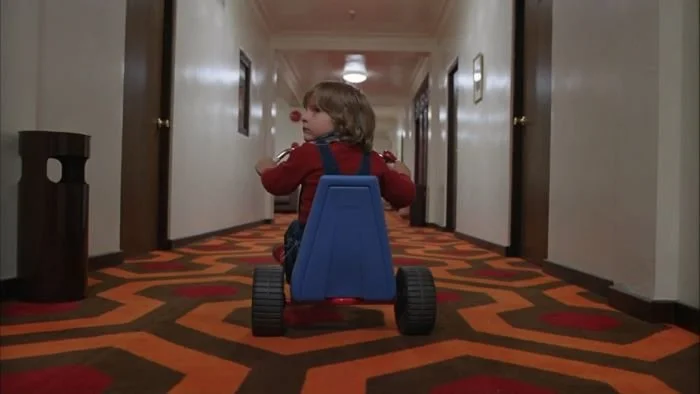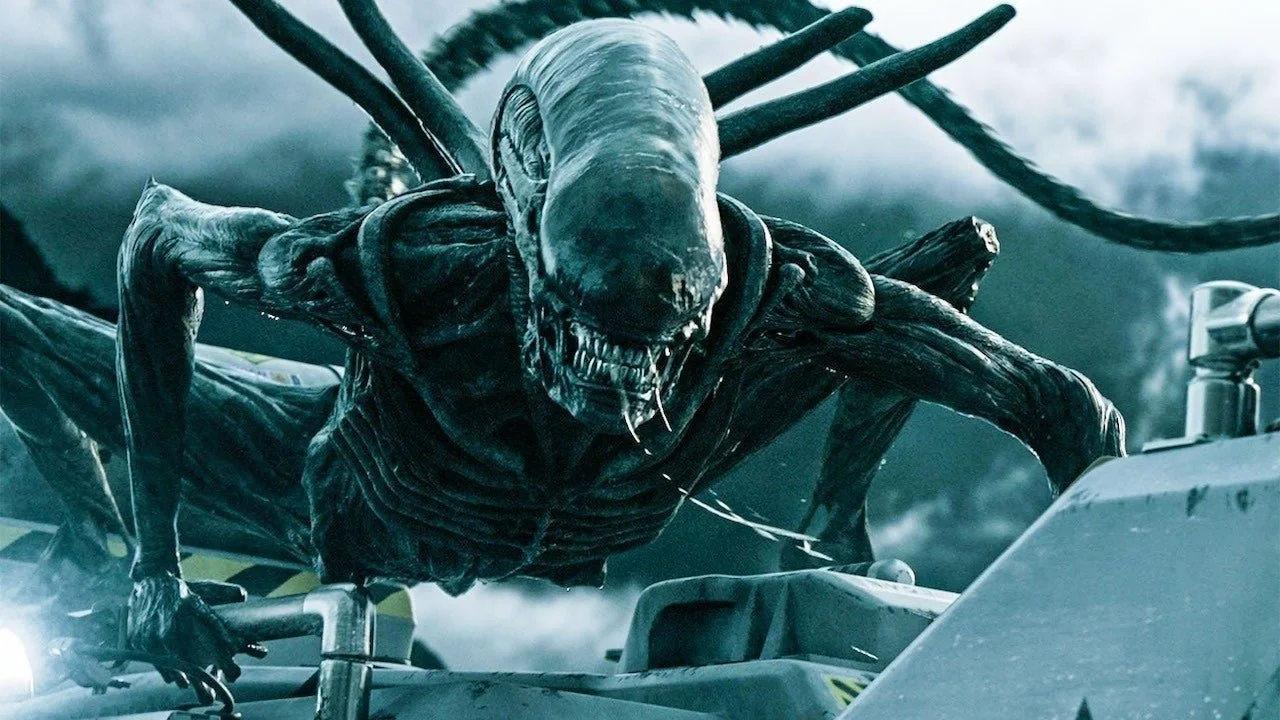5 Reasons We Keep Returning To The Same Places For Spooks
Image Source: IMDb
When most people think about the perfect location for a horror film, they picture a home in the middle of nowhere, abandoned buildings, summer camps, ghost towns, mansions, and small towns. Why? Because the majority of horror films, television shows, and books are set in these locations. You would think after decades of the same settings fans would get tired of seeing the same location over and over and over again, but that doesn’t seem to be the case.
Regardless of the decade, fans and filmmakers alike are always willing to return to the same places to get their scares. If you ever find yourself asking why then buckle up because I have created a list of the top five reasons why we keep returning to the same places for our scares!
RELATED:
5. History
Image Source: Biography
One of the most terrifying things to see as a horror fan is the words “based on a true story” or “based on real events” at the beginning of the film. Most horror fans go to see a film that is fictional and removes them from the real-world horrors they face every day. When filmmakers use a location with ties to true horrifying events, it elicits more of a response. Films like The Amityville Horror, The Conjuring, The Town That Dreaded Sundown, and Winchester showed that regardless of the setting of the film the true story behind it can be just as terrifying as the physical location.
4. Fear Of The Unknown
Image Source: Refinery29
One of the reasons that large mansions and heavily-wooded areas are used time and time again in horror is because they tap into our fear of the unknown. This is also true for the new homeowner or new-to-town trope that we have seen in films like Sinister and House at the End of the Street. Everyone fears what they do not know, and when you add in dark shadows and countless places for horrors to hide, you have the perfect storm for a truly terrifying experience. Films like Friday the 13th and The Fear Street Trilogy showed that, even before the terror has begun, the woods (especially summer camps) are inherently spooky and leave the audience and characters uneasy.
3. Isolation
Image Source: Roger Ebert
Most locations used in horror have one thing in common: isolation. Whether it is a cabin deep in the woods, a town cut off by a thick mist, or a hotel in the middle of nowhere, the feeling of being cut off from help is truly terrifying. Filmmakers have had to get more creative in their use of isolation since the popularity of smartphones, but films like Fall, Old, and The Invitation have shown that even with modern technology there are still ways to keep the characters isolated and unable to call for help.
2. Places Associated With Stress
Image Source: Roger Ebert
While some fans may not think of high schools, college campuses, holiday get-togethers, or fully functioning hospitals as good horror film locations, films like Jennifer’s Body, Happy Death Day, and Black Christmas have shown how wrong they are. Using locations that are already associated with stress means that when fans sit down to watch the film, they can already relate to some of the stress that the characters are under even before the true terror begins. By using real-world stressors, fans are already having a physical reaction to the film before they get a glimpse of the fictional terror that is awaiting around the corner.
1. The Location Is A Character
Image Source: IMDb
Horror films are known for having notoriously low budgets, so it is imperative that they utilize every penny. One way that filmmakers do this is by choosing locations that can act as a character within the film. Stanley Kubrick’s The Shining uses the terrifying Overlook Hotel as one of the main characters in the film. The overwhelming pattern on the carpet, never-ending hallways, and sharp turns worked perfectly to create a sense of dread that, even when there wasn’t something waiting around the corner, still had fans in knots.
READ NEXT:
Source(s): Variety, Screen Craft

